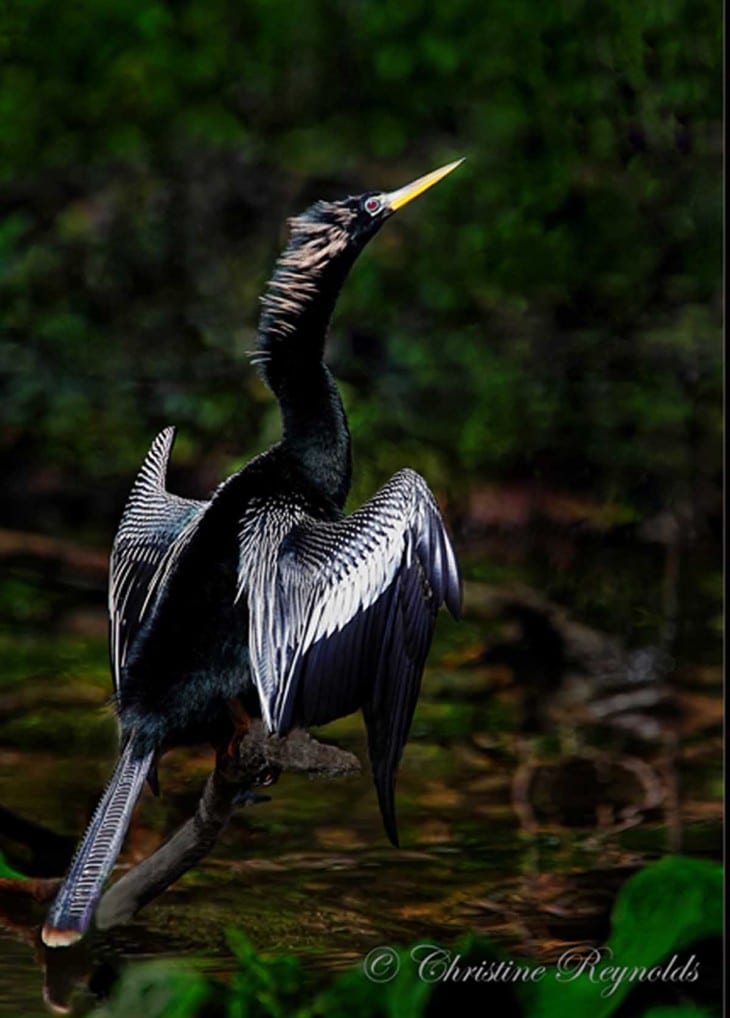The X-Factor and How it Affects Photographing Animals

Digital Sensor Sizes, The X-Factor and How it Affects Photographing Animals
Text by John Bentham
The most important thing is to determine what size digital sensor your camera body has. Panasonic cameras have the 4/3 digital sensor (17.3 x 13mm) which is smaller than other manufacturers. Panasonic Micro 4/3 and Standard 4/3 System cameras have an “X” factor of 2. The small APS sensors of Canon cameras have an X factor of 1.6 with any lens you mount, Nikon cameras have an X factor of 1.5. To work out the X-Factor you simply multiply the focal length of your lens by the X factor for your camera. The X-Factor alters and extends the zoom range of the lens. With any lens you need to apply the X factor to get the true focal length. IE: If you mount a 45mm lens on a Panasonic camera (X Factor of 2), you are actually shooting with an 90mm lens (45mm x 2 = 90mm). When using a 14 – 140mm lens, on a 2X body this equates to a working zoom range of 28 – 280mm. If you want to end up with a 400mm lens you only need to buy a 200mm lens. This often translates to a significant reduction in weight, size and cost.

Image © Christine Reynolds Tampa DPA Instructor
The photo above by Christine Reynolds is a long telephoto lens shot of a Anhinga shot on the St Johns River in FL. These are sometimes called Piano Birds for the markings on the wings, or Snake Birds because they swim with their body below the surface leaving only their head and neck visible, or Water Turkeys because of their tail markings. Christine used a 500mm lens with 1.4x extender (tele-converter) making her focal length the equivalent of a 700 mm. Often in the wild, many animals and birds are so wary you can’t get close enough to photograph them without using a very long telephoto lens. In post production Christine used a couple of the great NIK Software programs. NIK Viveza was used to bring out details, which served to accentuate the marking on the birds wings. In addition Christine utilized the Tonal Contrast effect in NIK Color Efex Pro. This really made the Anhinga against the dark background and made the photo easier to read.
Choosing the right focal length for a shoot is determined by a number of factors many of which are dictated by the subject itself. There are also a few equipment restrictions and technical difficulties to deal with. Unfortunately not one lens does everything and you tend to get what you pay for. Good lenses are expensive but if you pay a premium for good “glass” the return is sharper pictures, less distortion, brighter colors, less flare and refraction … all good things. Remember too with any choice of lens you’ll need to add approx $50 -100 for a protective UV filter and if you shoot outdoors in daylight, a Polarizing filter. If you buy a very fast lens you often lose some focal range (zoom length). Ideally you need to buy two fast lenses, a wide zoom and a long zoom. Look for features like fast aperture, full time f2.8 or f4 and OIS (Optical Image Stabilization) etc. When choosing a long lens for shooting animals and nature, either in the wild, compounds or zoos the most important feature is long focal length. This is one of the advantages of the 4/3 camera system with a smaller digital sensor which extends the zoom range once you apply the X-Factor.



